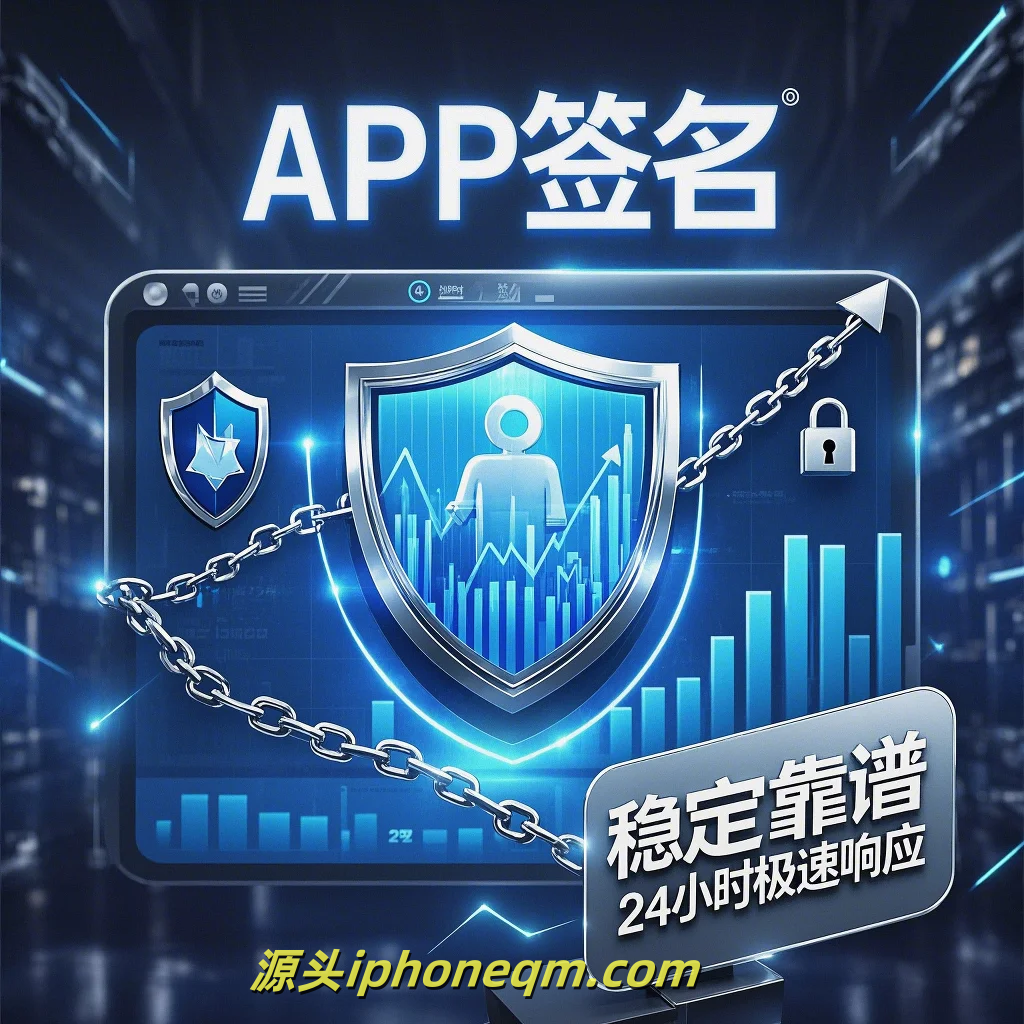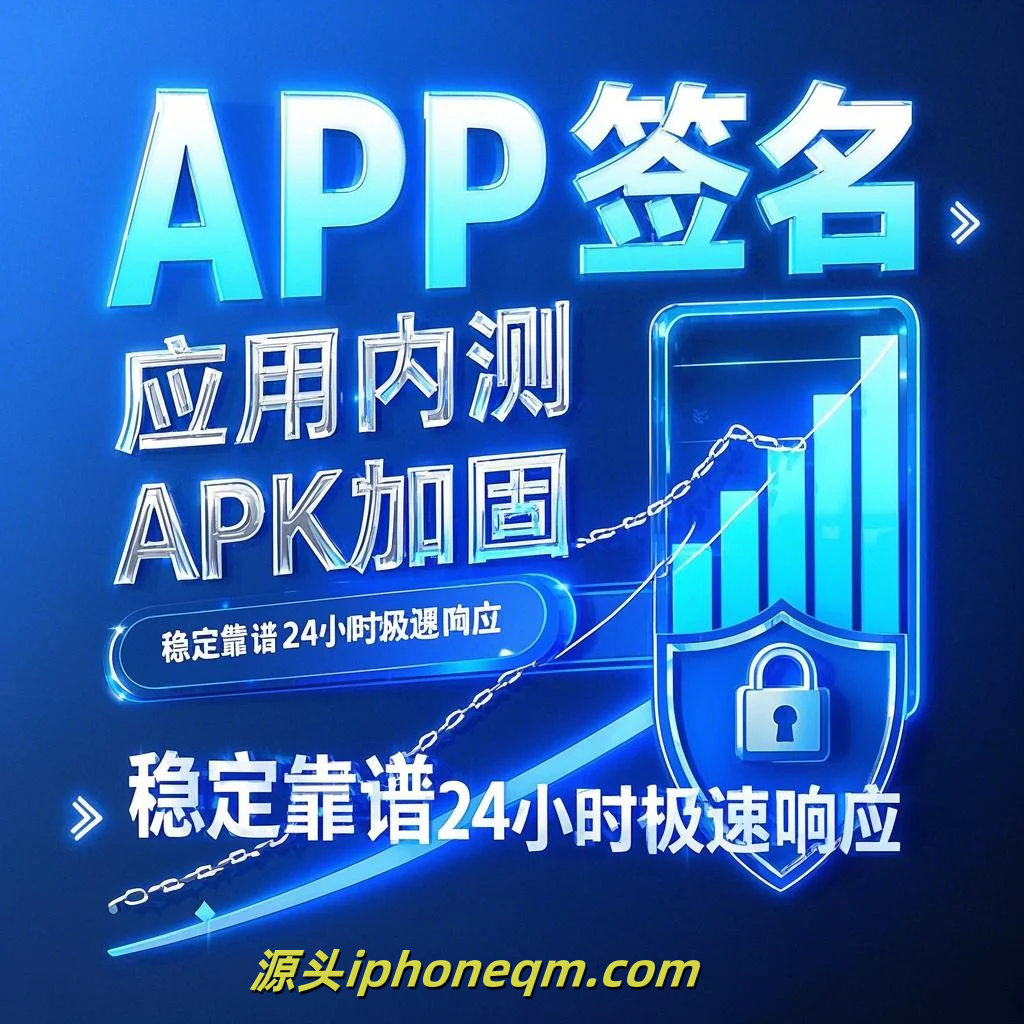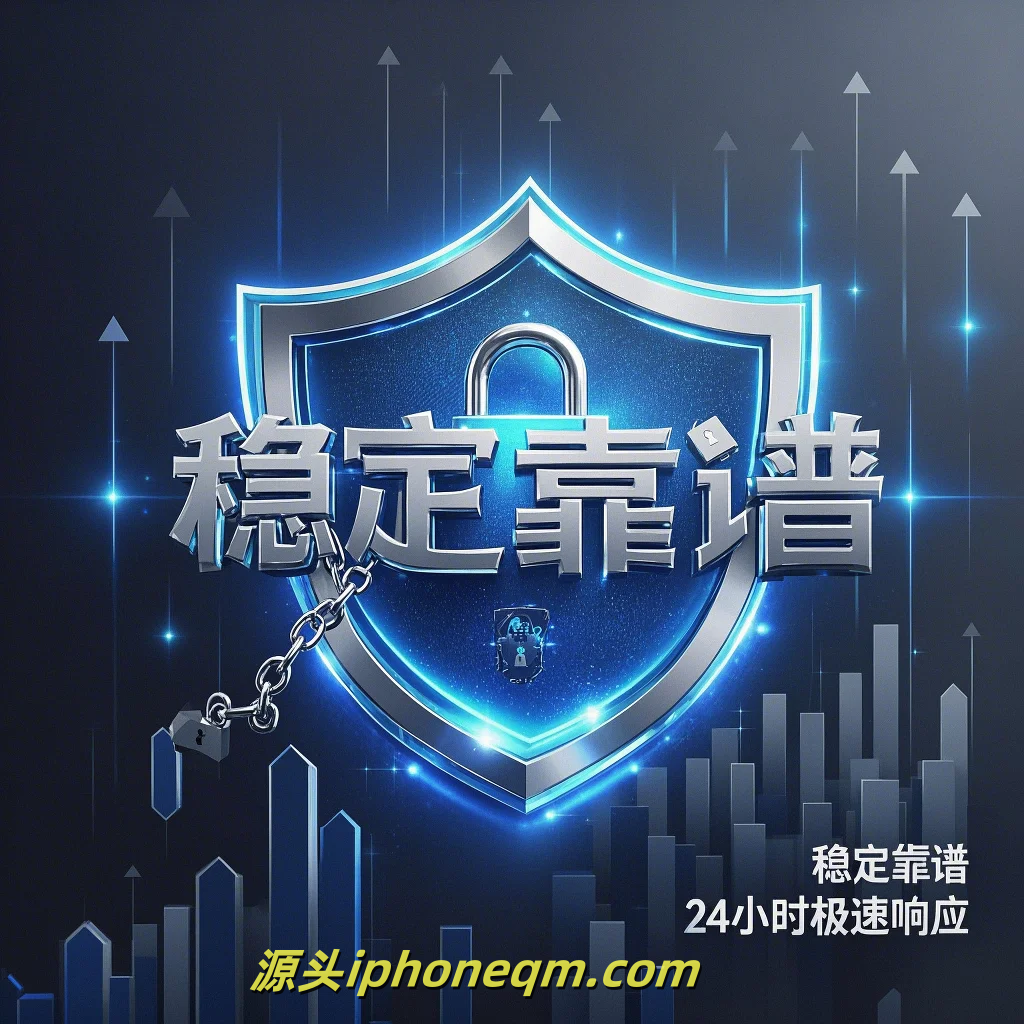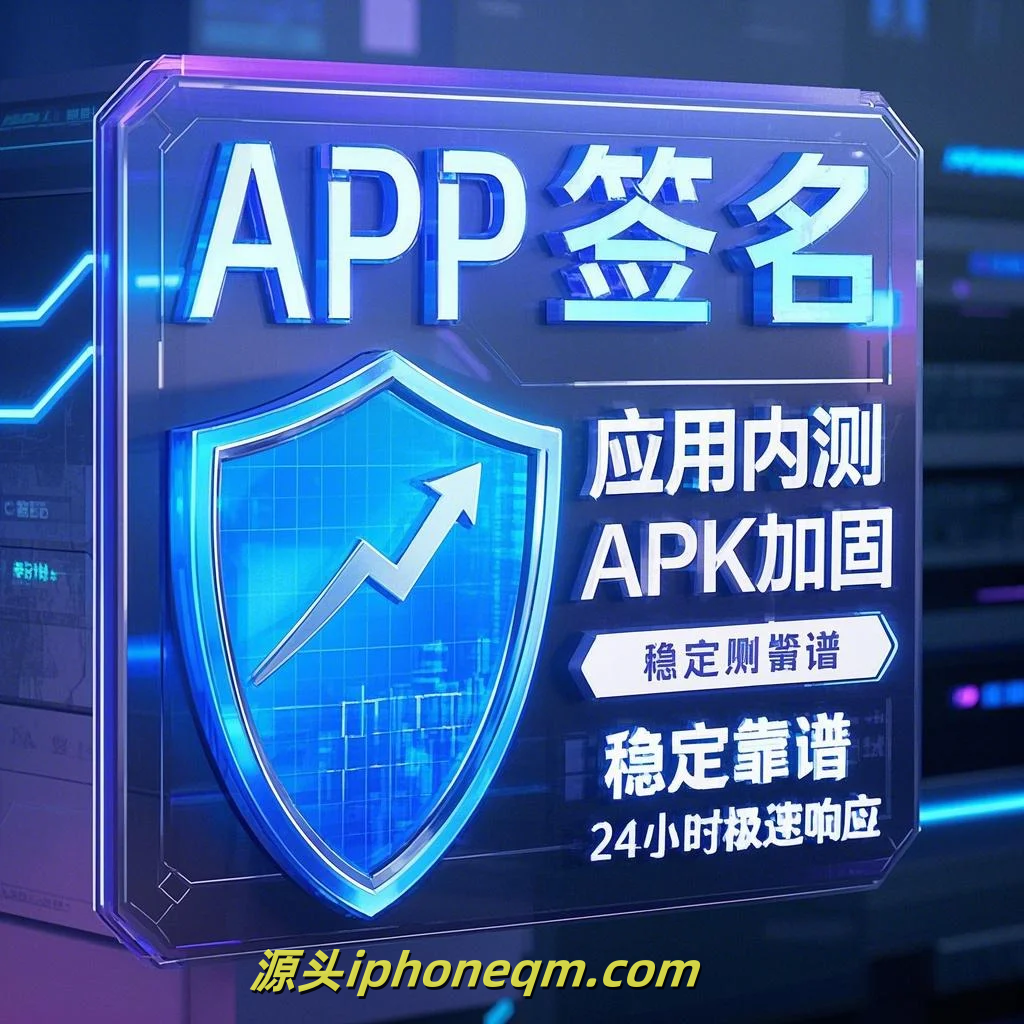A Guide to iOS App Certificate Signing
In the ever-evolving world of mobile app development, ensuring the security and authenticity of your iOS applications is paramount. One of the critical elements in this process is certificate signing, which not only protects your app but also helps verify the identity of the developer. This guide will walk you through the essentials of iOS app certificate signing, shedding light on its importance and steps required to implement it effectively.
Firstly, let’s understand what app certificate signing really means. When you create an iOS app, you must sign it with a certificate issued by Apple. This certificate acts as a digital stamp that certifies the authenticity of the app. During installation, the iOS system checks the app's signature to ensure it hasn't been altered or tampered with. If the signature is absent or invalid, the app will fail to install or run, safeguarding users from malicious software.
Next, let's delve into the types of certificates provided by Apple. There are three main categories: Development Certificates, Distribution Certificates, and App Store Distribution Certificates.

1. Development Certificates are used during the development phase. They enable developers to run and test their applications on their personal devices. Each developer in a team should create their own development certificate.
2. Distribution Certificates, on the other hand, are utilized when you're ready to distribute your app either through the App Store or via enterprise channels. This signifies that the app has passed all necessary reviews and is deemed ready for public consumption.
3. App Store Distribution Certificates specifically cater to apps that will be launched in the Apple App Store. They mandate a more rigorous review process, ensuring that the app aligns with Apple’s policies and guidelines.
Now that we’ve covered the types of certificates, let’s discuss how to get started with the signing process. The first step is to enroll in the Apple Developer Program, which provides you access to specific development resources and the capability to create certificates.
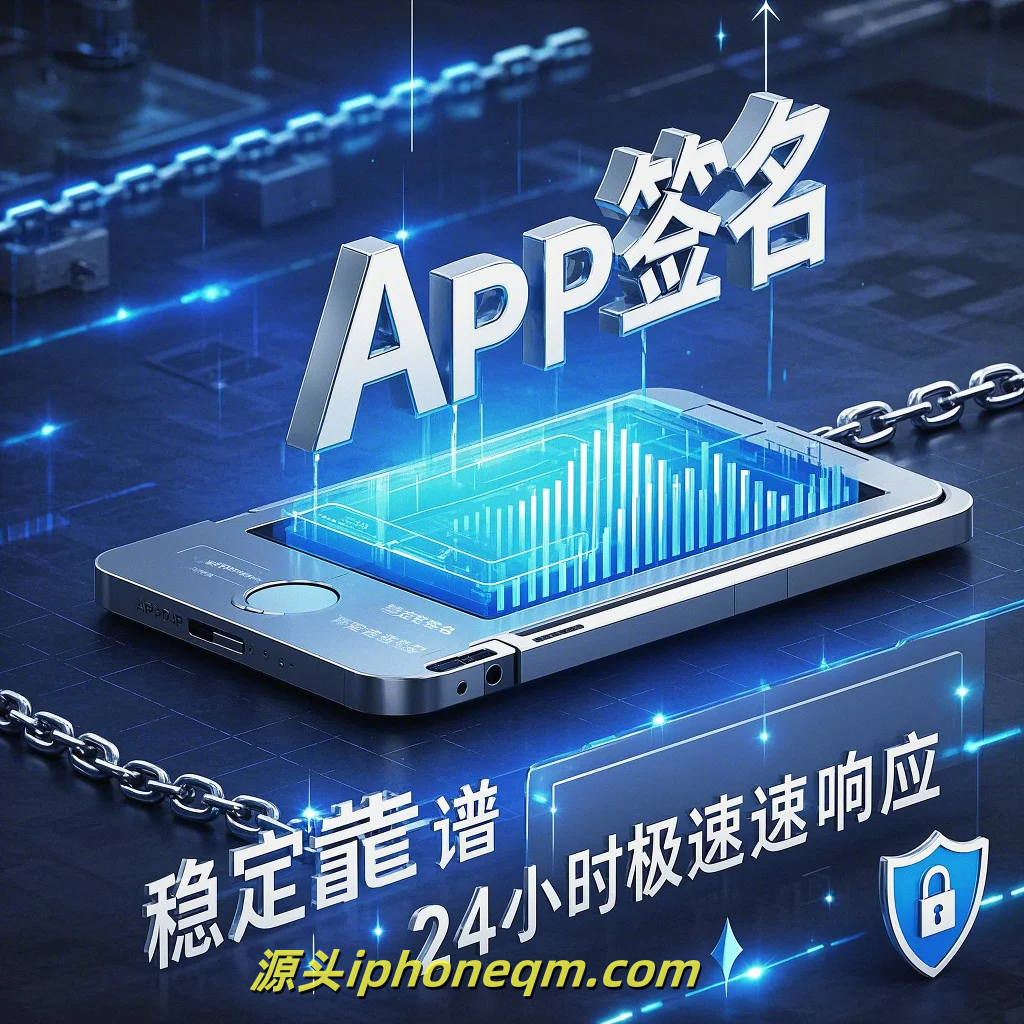
Once enrolled, you’ll navigate to the Apple Developer website and create your certificates through Xcode or the Certificates, Identifiers & Profiles section. You'll generate a Certificate Signing Request (CSR) on your Mac, which will be used to request the signing certificate. It’s crucial to keep your private key secure, as losing it could pose significant challenges later on.
After obtaining your certificate, you’ll need to create a provisioning profile. This profile links your app with the certificates, making it possible for you to test and distribute the app securely. Provisioning profiles can be either development or distribution-based, depending on the stage of your workflow.
When your app is ready for submission to the App Store, you will use your App Store Distribution certificate along with the relevant provisioning profile to sign your app. Tools like Xcode will facilitate the signing process and ensure that everything complies with Apple’s requirements.
Finally, always remember to renew your certificates before they expire. Apple typically sends notifications, but keeping a calendar reminder can be beneficial. Failing to renew a certificate can halt your development progress or distribution capabilities, which could delay the launch of your app.
In conclusion, mastering iOS app certificate signing is essential for a seamless development process. It protects your work and assures users of your app’s integrity. By understanding the different types of certificates and the steps to acquire and manage them, you’ll not only streamline your development workflow but also bolster the security and trustworthiness of your applications. As you embark on your iOS development journey, prioritizing app certificate signing will set a solid foundation for your success in the mobile ecosystem.
扫描二维码推送至手机访问。
版权声明:本文由MDM苹果签名,IPA签名,苹果企业签名,苹果超级签,ios企业签名,iphoneqm.com发布,如需转载请注明出处。


